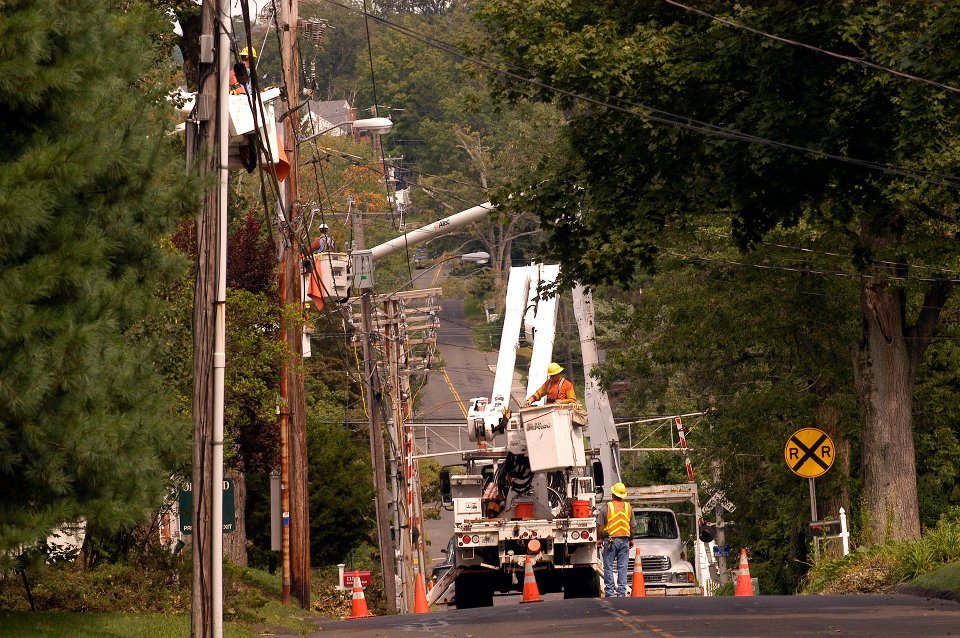CL&P saftey tips in case of storm
As an unusual October snowstorm hit the North East of US, Connecticut Light & Power (CL&P) offers the following safety tips in case of storm.
Everybody should be prepared before the storm hits with a “lights-out” kit that includes:
- A flashlight and extra batteries
- A battery-operated radio or TV and clock
- A first-aid kit
- Containers for water or bottled water
- Canned food and a non-electric can opener
- Sterno or similar fuel – but never burn charcoal indoors
- A list of important phone numbers and some cash, as automatic teller machines may not work.
- Plan ahead for the worst-case scenario.

As an unusual October snowstorm hit the North East of US, Connecticut Light & Power offers some safety tips in case of storm
Take steps to protect your major or electronically sensitive appliances. Now is the time to make sure your car’s gas tank is full. Electricity and water never mix. If you know your home is in an area prone to flooding, turn off devices like your furnace, water heater and electrical system before water can reach them.
Protect your food and water. Set your refrigerator and freezer to their coldest settings. Food will stay frozen up to 24 hours, and even longer if the freezer is full. Open the refrigerator or freezer doors only when necessary. If you have a well and water pump, fill spare containers with water, and your washing machine with water for flushing, just in case.
Portable generators should be installed only by a licensed electrician. Check with your town regarding a permit and inspection. Generators must be connected with a special transfer switch that prevents power from feeding back into the electric lines. Feedback could endanger line workers who are nearby. Generators must be vented outside. And never refuel them while they are running.
Be alert to downed power lines. High winds and tree branches can sometimes combine to cause electric lines to fall.Never walk near or touch a downed power line. Stay away and keep others away. If you are driving and come across a fallen line, never get out of your vehicle. In all situations, always assume that a fallen line is “live.” If you see a downed line, call 9-1-1 immediately.
Beware, fallen branches. Never go near or remove tree branches that have come down until the area is thoroughly checked for fallen power lines. There may be a downed wire hidden beneath those branches and it may be energized.
Tree limbs can conduct electricity, causing injury or death. If you see a downed line, call 9-1-1 immediately. Only call 9-1-1 to report a dangerous situation.
Qualifying examples include a downed line or utility pole. CL&P customers can report an outage or get a “power-back” estimate by calling 800-286-2000.
Always let your utility know when you don’t have power. Don’t assume your neighbor will call in the problem.
